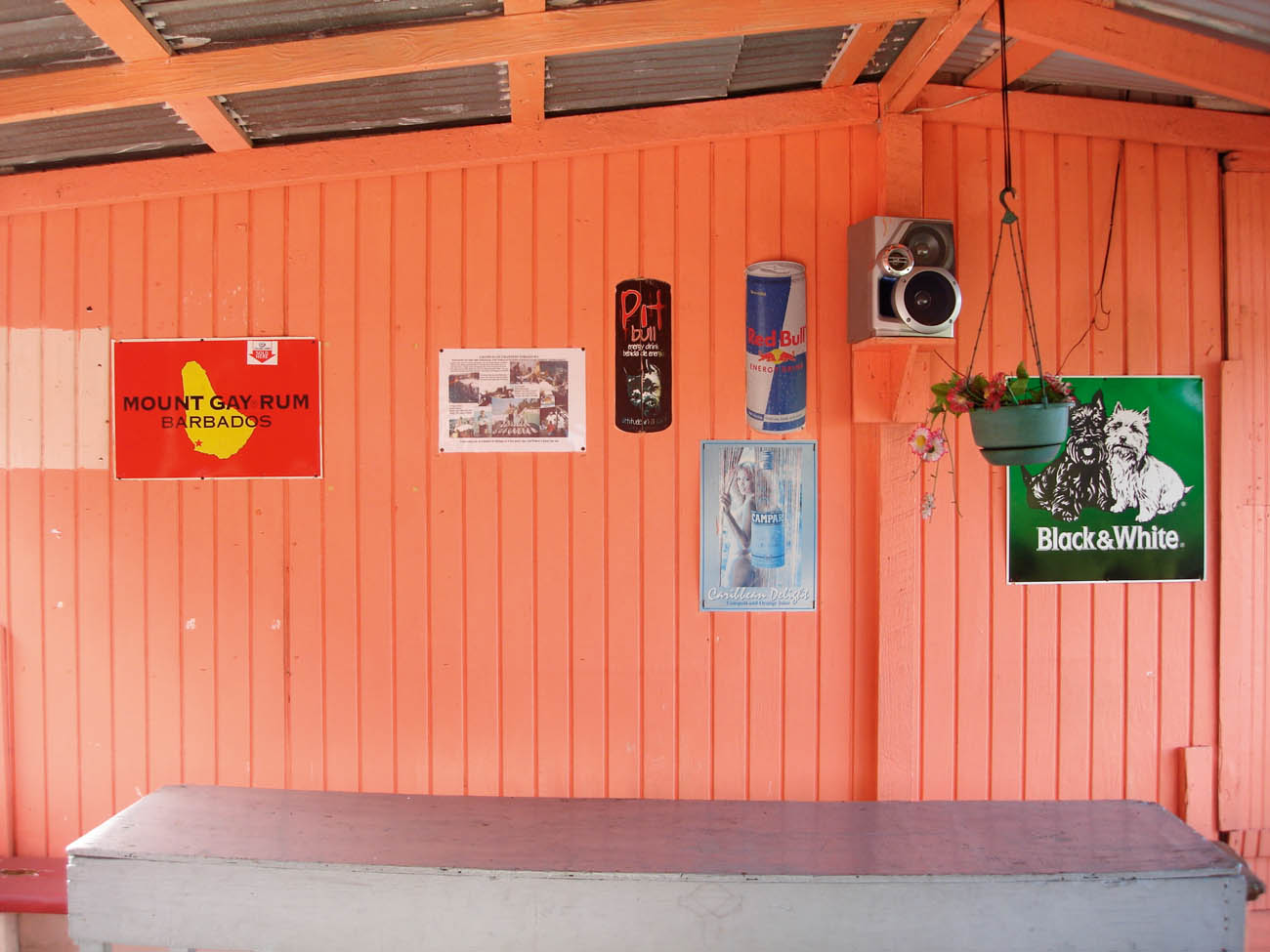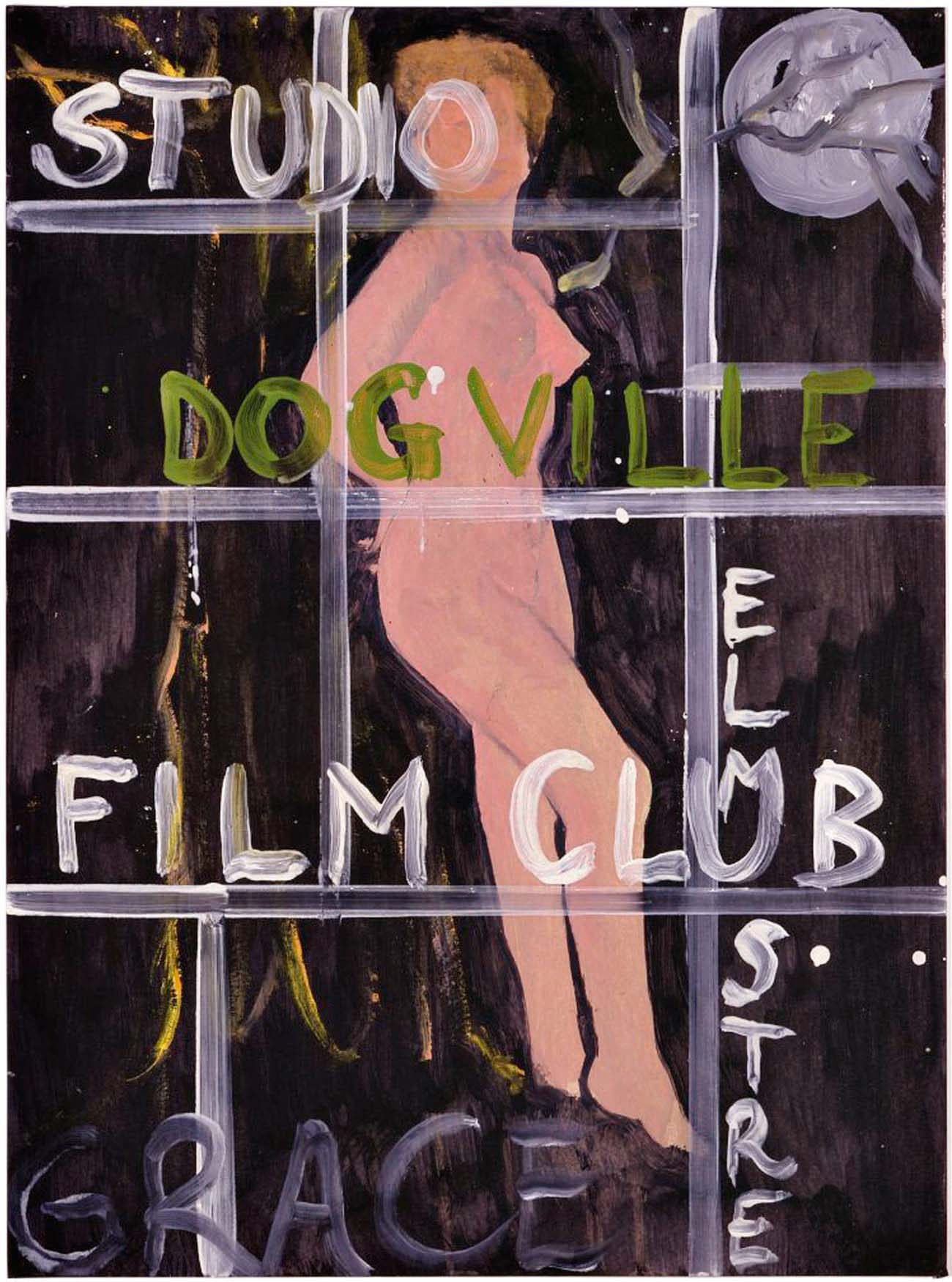Purple Magazine
— S/S 2011 issue 15
Peter Doig
 View of Saut d’Eau, north coast of Trinidad, 2010
View of Saut d’Eau, north coast of Trinidad, 2010
 Victoria Miro Gallery, London
Victoria Miro Gallery, London
 Peter Doig in his studio, Port of Spain, Trinidad, 2003
Peter Doig in his studio, Port of Spain, Trinidad, 2003
 Outside his studio
Outside his studio
 Down by the River, 2004 oil on linen, 41.2 x 31.3 cm
Down by the River, 2004 oil on linen, 41.2 x 31.3 cm
 The Gospel According St. Matthew (StudioFilmClub poster), 2004 oil on paper, 72.8 x 57.5 cm
The Gospel According St. Matthew (StudioFilmClub poster), 2004 oil on paper, 72.8 x 57.5 cm
 Dogville (StudioFilmClub poster), 2005, oil on paper, 76 x 55.9 cm courtesy of the artist and contemporary Fine Arts, Berlin
Dogville (StudioFilmClub poster), 2005, oil on paper, 76 x 55.9 cm courtesy of the artist and contemporary Fine Arts, Berlin
 Paris is Burning (StudioFilmClub poster), 2006, oil on paper, 68.7 x 50.7 cm courtesy of the artist and contemporary Fine Arts, Berlin
Paris is Burning (StudioFilmClub poster), 2006, oil on paper, 68.7 x 50.7 cm courtesy of the artist and contemporary Fine Arts, Berlin
 Concrete Cabin II, 1992, oil on canvas, 200 x 275 cm, courtesy of the artist and Victoria Miro Gallery,…
Concrete Cabin II, 1992, oil on canvas, 200 x 275 cm, courtesy of the artist and Victoria Miro Gallery,…